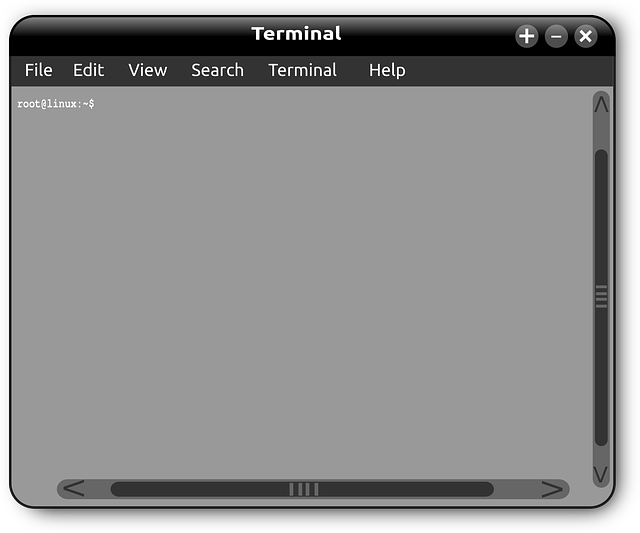Arch Linux is an operating platform which allows users to customize each aspect of the system, starting with the kernel and ending at the desktop experience. The degree of customisation can be achieved through the package manager as well as shell scripts. This kind of installation demands an understanding using the command line which is usually regarded as being more difficult than the modern GUI installers. But a tidy and reliable Arch system is extremely rewarding. The system also educates the user about Linux by letting them understand concepts such as display managers such as chroot, display managers and many more.
First thing to be completed is the creation of the installation media. It can be done making use of a program called Etcher that is readily available on Windows as well as Linux. After the image has been constructed, it needs to be put into the device and then booted. For this to happen it is necessary that the BIOS must be configured to boot the device. It is usually accomplished by pressing a button during the POST process of the device (the exact key is different dependent on the model).
When it is established that the Arch live environment has started the environment must be installed. In order to do that users must go to the menu, by pressing either tab or e, then choose the Arch installation media. It will begin download and installation of the required base applications for running the operating system.
When installing of the software, you must remain patient and allow sufficient time for downloading and the installation process to finish. Also, it is helpful to establish a connection to the internet, in case installation and downloads are delayed.
Once the installation is completed It is an excellent idea to confirm the installation went on as expected. A sanity test can be done by using a couple of commands. One of them is the paccheck utility and will report that any package is not present. Additionally, the user could use the dfu status command to determine which systems are mounted.
If a sanity-check has been completed, it’s time to configure the system. It is the user’s responsibility to adjust the mouse, keyboard, network and screen. When doing this it is crucial to carefully read through the instructions. If an individual is not proficient with the commands they must check the online manual for assistance.
It is crucial to remember the fact that this procedure wipes the operating system in use and a backup must be created prior to starting. It is also important to note that installation can take quite a long time as all of the steps must be carried out in a manual manner through the users.
One of the primary causes of the delays is that the installation is unable to detect the hardware. This may cause problems on certain systems, particularly when the BIOS doesn’t support UEFI. Additionally, the installer is not able to automatically configure LVM or RAID. This could increase the amount of duration of the Arch installation. In addition, the installer does not make it automatic to upgrade the system using packages updates. The updates can take anywhere up to some weeks, based on how stable the package is at the time they’re published.





























+ There are no comments
Add yours